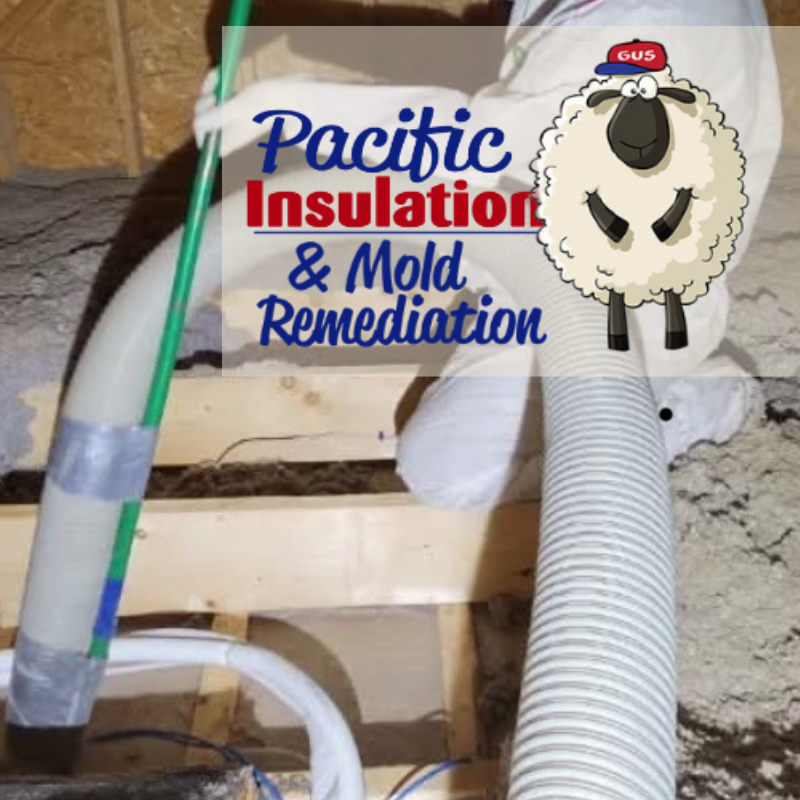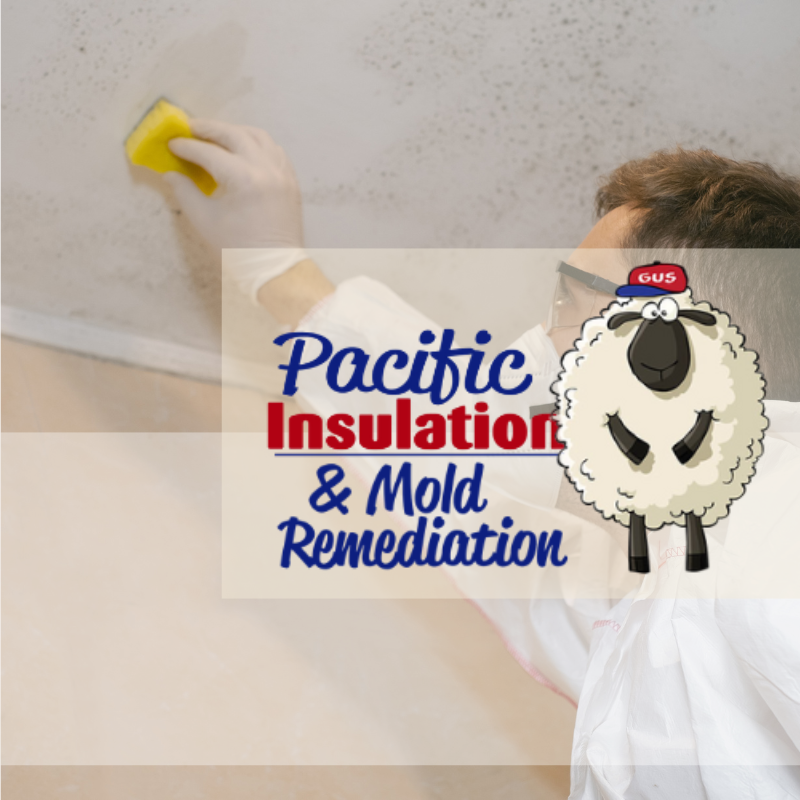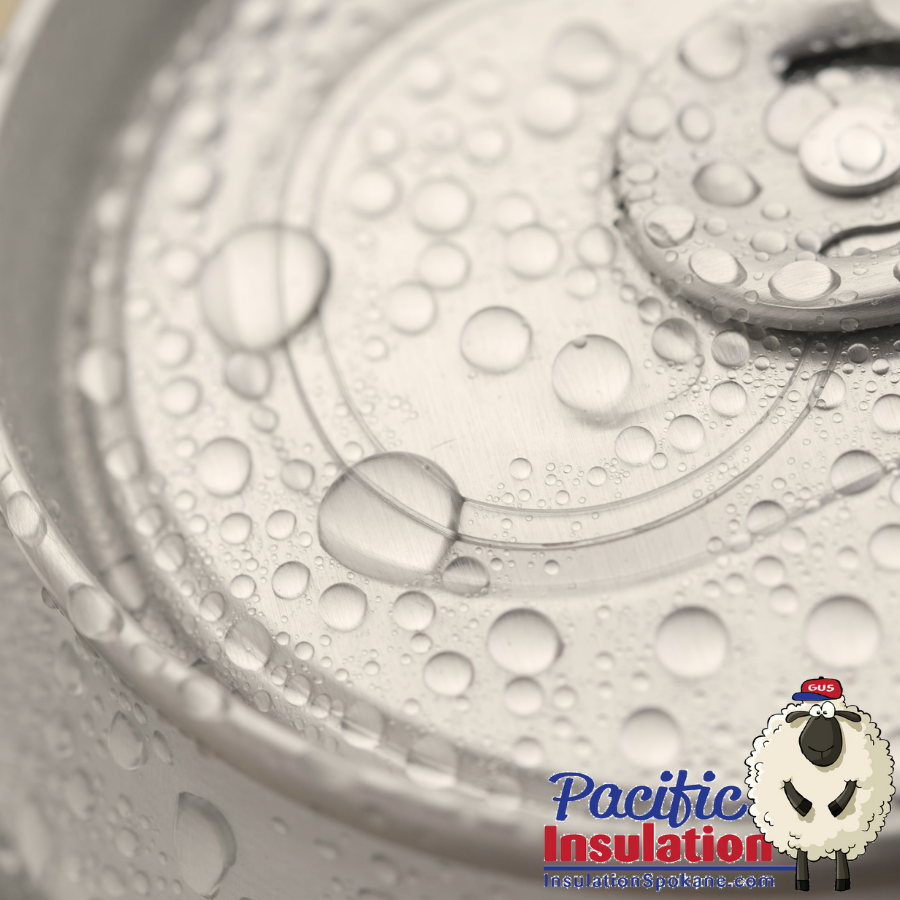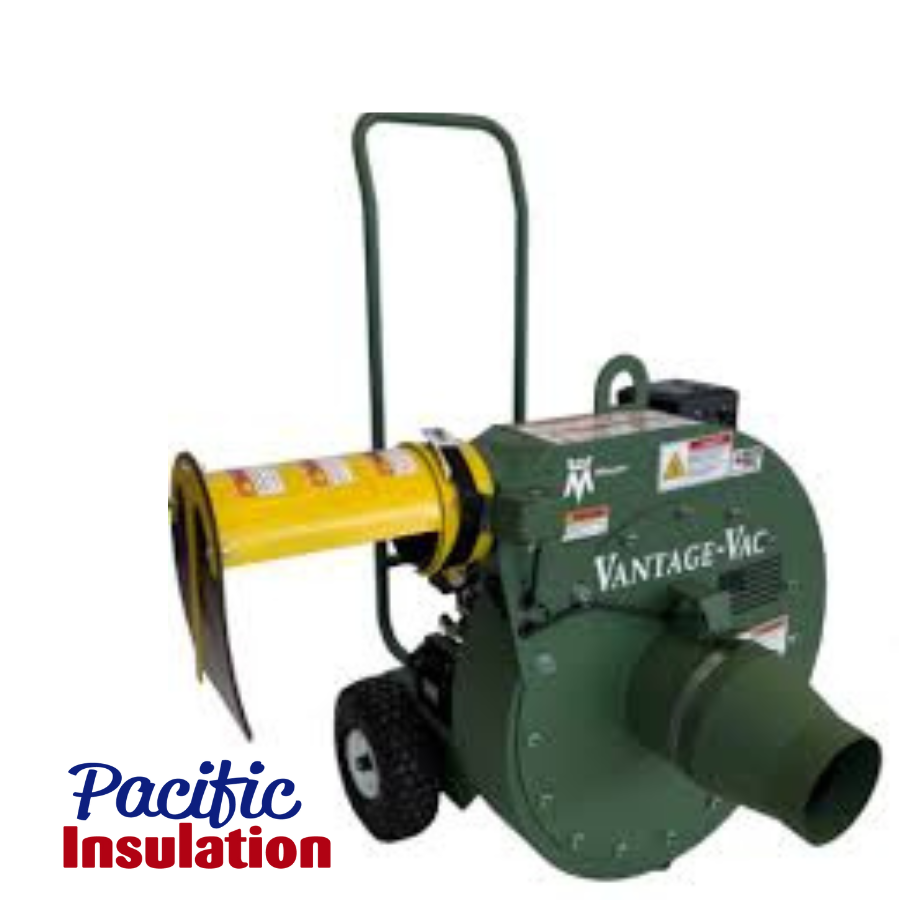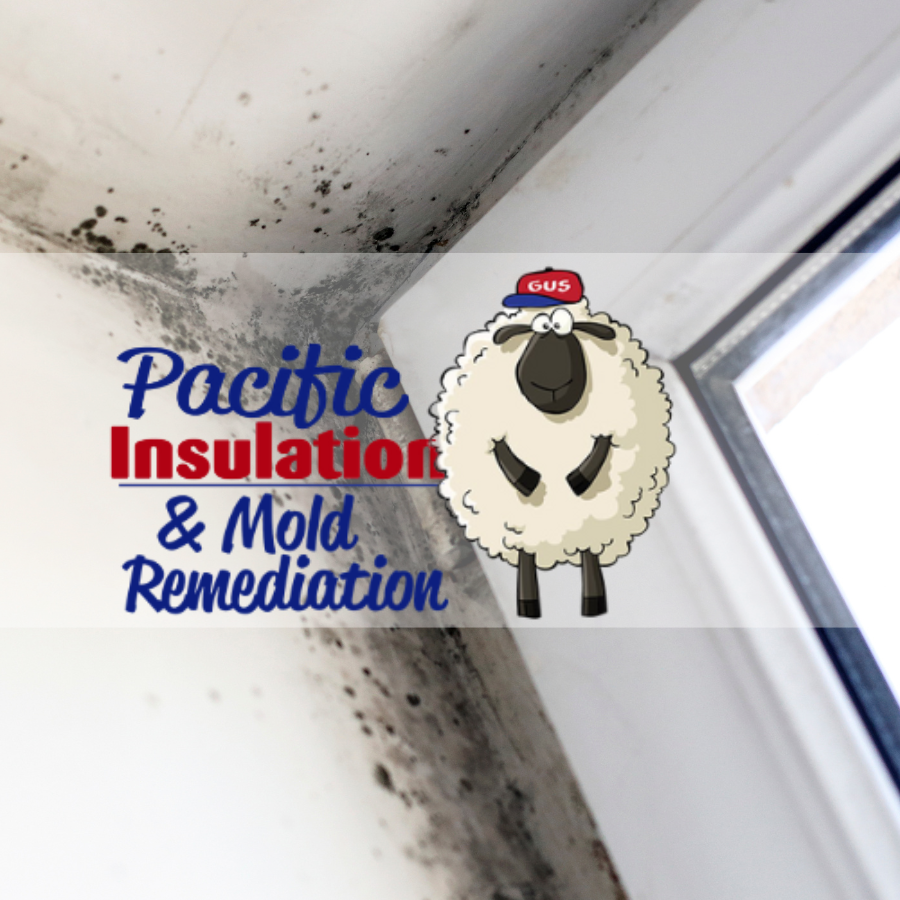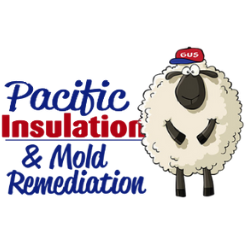How to test for mold in house
Mold is a silent intruder. It creeps into our homes, thriving in damp, warm, and poorly ventilated environments.
Often, it's only when we see the telltale signs - a musty odor, discolored patches on walls, or even health symptoms like allergies - that we realize we have a problem.
But by then, the damage may already be done.
Mold can cause structural damage to buildings and pose serious health risks to occupants. It's a problem that building contractors and HVAC technicians face regularly.
Understanding the principles of thermal dynamics and insulation can help in detecting and preventing mold. These principles influence the conditions that mold needs to grow, such as moisture and temperature.
This guide aims to provide a comprehensive understanding of mold testing methods. It's designed to help you detect mold in your house or in the buildings you work on.
We'll delve into the science behind mold growth, discuss the signs to look out for, and explore various mold testing methods.
By the end of this guide, you'll be equipped with the knowledge to choose the right insulation materials, optimize HVAC systems, and ensure a mold-free environment for your clients.
Understanding Mold and Its Implications
Mold is more than just an eyesore. It's a living organism that can quietly wreak havoc if not properly managed.
To tackle mold effectively, one must first grasp its nature. Mold thrives in environments that provide warmth, moisture, and food sources, such as drywall or wood.
A simple leak or high humidity can create the perfect conditions for mold growth. Therefore, understanding how these elements interact is crucial.
The Science of Mold Growth
Mold spores are everywhere, floating invisibly in the air. They're microscopic and remain dormant until they encounter the right conditions.
Moisture is the most vital factor in mold growth. When coupled with warm temperatures, mold can proliferate rapidly.
In the construction industry, this knowledge is vital. Contractors and HVAC technicians need to control the environment to prevent mold growth.
Thermal dynamics plays a role by influencing how heat and moisture move through spaces. Understanding these dynamics helps in selecting appropriate materials and construction methods to thwart mold.
Health and Structural Risks of Mold
Mold does not only tarnish walls. It poses significant health risks, especially to those with allergies or respiratory conditions.
Exposure to mold can cause symptoms like sneezing, coughing, and even asthma attacks. Furthermore, it can compromise the immune system in severe cases.
Structurally, mold compromises the integrity of buildings. It can cause materials to break down, resulting in expensive damage. Detecting mold early is critical to prevent costly repairs.
In addition to health concerns, the impact on buildings can affect their value. Mold-infested homes are less appealing to buyers, often requiring costly remediation before sale.
By understanding mold’s growth and effects, professionals can take informed steps to combat and prevent mold in buildings.
Recognizing Signs of Mold in Your Home
Being able to identify mold early can save homeowners from extensive issues. Not all signs of mold are overt; some require a keen eye and awareness.
Recognizing mold involves observing both visual and subtle clues within a home environment. These signs can vary, depending on the location and severity of the infestation.
Visible Indicators and Early Signs of Mold
Visible mold is the easiest to detect. Look for dark spots on walls, ceilings, or under sinks.
These spots can appear in a variety of colors—black, green, or even orange and pink. Besides visual signs, a persistent musty odor often indicates mold presence.
Pay attention to peeling paint or wallpaper. These could be early indicators of moisture issues that typically lead to mold. Addressing these signs promptly is key to prevention.
Hidden Mold: What to Look For
Not all mold is evident at first glance. Mold can conceal itself within walls or below floorboards.
Warped walls or floors are potential signs of hidden moisture and subsequent mold growth. Hearing a change in air quality, like increased humidity, could also hint at mold.
For more elusive mold, professionals can employ specialized tools. Moisture meters and infrared cameras can detect problems behind surfaces. Regular inspections and monitoring can avert hidden mold issues.
Tools like borescopes can explore behind walls, revealing hidden mold clusters without significant disruption to structures. Understanding the areas prone to hidden mold can lead to more effective management.
Collectively, these methods can provide a clearer picture of mold presence in a home. By knowing what to look for, professionals can ensure timely remediation and prevention strategies.
Mold Testing Methods Explained
Detecting mold reliably requires employing various testing methods. Each method serves specific needs and conditions, complementing the overall detection process.
Visual Inspections and Initial Assessments
Visual inspections are the starting point for mold detection. They involve checking typical mold-prone areas, such as basements and bathrooms.
Using a flashlight to scan for discoloration and water stains can be very effective. Homeowners can carry out these assessments or hire professionals for more thorough inspections.
DIY Mold Testing Kits
Do-it-yourself mold testing kits are popular for their convenience and affordability. They involve collecting samples and sending them to a lab for analysis.
Here's how to use them:
- Select the area: Choose suspected mold spots for sampling.
- Collect the sample: Follow the kit's instructions for accurate sample collection.
- Send for analysis: Mail the sample to the designated lab for results.
These kits provide basic insights but may lack detailed data provided by professionals.
Professional Mold Inspection Techniques
For more precision, consider professional mold inspections. Experts use sophisticated equipment to identify mold issues deeply embedded in structures.
They conduct air sampling, which evaluates the concentration of mold spores in the air, providing a clear indication of mold presence. Surface sampling involves swabbing surfaces to analyze specific mold growths.
Another technique used by professionals is bulk sampling, where materials are removed for close analysis in a lab setting. Culture tests are also performed to understand mold varieties and their potential impact.
Here are some professional techniques:
- Air sampling: Detects mold spores in the air.
- Surface swabbing: Tests for types of mold present on surfaces.
- Bulk material removal: Analyzes removed materials for mold.
- Culture tests: Examines mold's growth potential and strain types.
Such comprehensive methods can accurately diagnose mold issues and help in formulating effective remediation strategies. Working with certified professionals offers the advantage of extensive knowledge and advanced tools.
Advanced Mold Detection Tools
Advanced mold detection requires specialized tools to identify hidden problems. These technologies provide accuracy and depth in analysis.
Moisture Meters and Infrared Cameras
Moisture meters are essential for detecting hidden dampness. They can measure moisture content in materials like drywall and wood.
By doing so, they help pinpoint areas that are at risk for mold growth. Mold can thrive unnoticed in damp conditions, making moisture meters invaluable for early detection.
Infrared cameras, on the other hand, visualize temperature differences across surfaces. They can reveal hidden moisture behind walls and ceilings by detecting cold spots resulting from moisture accumulation.
This thermal imaging allows for non-invasive exploration, reducing the need for destructive inspections.
Together, moisture meters and infrared cameras provide a reliable method for detecting moisture-related issues without disrupting the environment.
Air, Surface, and Bulk Sampling Methods
Sampling methods offer deeper insights into mold presence and concentration. Each method is tailored to capture different data types for analysis.
Air sampling involves collecting air samples to determine mold spore levels in the indoor environment. This data helps assess the extent of mold contamination in the air.
Surface sampling gathers samples from surfaces using swabs or tapes. The samples undergo lab analysis to identify mold strains and their characteristics.
Lastly, bulk sampling entails removing chunks of materials from suspect areas. These are examined in labs to assess mold penetration and content.
Here are common sampling methods:
- Air sampling: Captures spores from the air.
- Surface sampling: Analyzes mold from surfaces.
- Bulk sampling: Tests material integrity and mold penetration.
Using these advanced tools and methods in tandem provides a comprehensive understanding of mold issues, allowing for targeted remediation strategies.
The Role of Thermal Dynamics and Insulation in Mold Prevention
Thermal dynamics significantly impact mold growth in buildings. Heat transfer through walls influences moisture levels. Temperature fluctuations can lead to condensation.
Condensation is moisture-rich and encourages mold growth. Effective insulation is key to preventing such moisture problems. Insulation improves thermal regulation, reducing condensation risks.
Proper insulation is crucial for maintaining a consistent indoor climate. Consistency minimizes wet areas where mold can thrive.
Different types of insulation offer varying resistance to heat flow. Choice and application of insulation affect thermal dynamics and mold prevention. Quality installation ensures insulation effectiveness.
Moreover, gaps in insulation can create thermal bridges. These bridges are pathways for heat and moisture, fostering mold growth. Properly identifying and addressing these can mitigate mold risks.
How Insulation Affects Moisture and Mold Growth
Insulation acts as a barrier, impacting humidity and air movement. By reducing heat loss, insulation stabilizes indoor humidity levels. This stability minimizes moisture build-up.
High humidity often leads to mold, so control is vital. Insulation methods that provide a vapor barrier are effective against moisture. They limit vapor diffusion, deterring mold growth.
Different insulation materials have varying efficiencies. Selecting the right material is crucial for the intended environment. Choice impacts thermal performance and mold resistance.
Poor insulation, or improper installation, can cause cold spots. Cold spots often result in localized condensation, a haven for mold. Thus, installing insulation correctly is essential.
HVAC Systems and Mold: Maintenance and Best Practices
HVAC systems play a vital role in managing indoor climate. Maintenance and efficiency of these systems prevent mold-friendly conditions. Consistent airflow and balanced humidity are key.
Regular checks of HVAC components are necessary. Clean filters and ducts promote optimal air quality. This reduces moisture and potential mold growth.
Best practices include:
- Routine maintenance to ensure efficient operation.
- Filter replacements to maintain clean air supply.
- Humidity controls to keep levels below mold-supportive conditions.
Additionally, ductwork should be well-sealed. Leaks can lead to condensation and mold in hidden areas. Preventive measures in HVAC systems are invaluable for mold control.
Remediation and Prevention: Ensuring a Mold-Free Environment
Mold remediation involves more than just cleaning affected areas. It's crucial to address the root causes to prevent recurrence. Identifying and fixing moisture sources is vital.
A comprehensive approach includes improving ventilation and controlling humidity. Regular inspections and maintenance are crucial for early detection. These steps can prevent long-term damage and health issues.
Prevention strategies should incorporate mold-resistant materials. Using these materials in prone areas can greatly reduce mold risks. It's important to consider construction methods that deter moisture accumulation.
To maintain a mold-free environment, homeowners and professionals can follow key practices:
- Regularly inspect and maintain roofs and plumbing.
- Ensure proper drainage around the building's foundation.
- Use dehumidifiers in damp-prone areas.
Addressing the Source: Fixing Moisture Problems
Moisture is the primary factor in mold development. To combat mold, one must first eliminate moisture problems. This involves both identifying leaks and ensuring proper drainage.
Repairs should focus on common moisture intrusions like leaky roofs and burst pipes. Ensuring that water is appropriately diverted away from your property is also crucial. Prompt attention to such issues is essential to hinder mold growth.
Mold-Resistant Materials and Construction Techniques
Incorporating mold-resistant materials can significantly reduce mold risks. These materials are designed to withstand humidity better than standard options. Builders should prioritize their use in high-moisture areas.
Innovative construction techniques can also help prevent mold. Consider features like sloped surfaces and vented wall systems. Such designs enhance water runoff and air circulation, reducing mold susceptibility.
Key techniques and materials include:
- Mold-resistant drywall and paints for high-humidity areas.
- Properly installed vapor barriers to restrict moisture penetration.
- Use of treated wood to resist mold in construction.
Conclusion: The Importance of Regular Mold Testing and Prevention
Regular mold testing and prevention safeguard both health and property. Routine checks can spot mold before it causes significant issues. Prevention measures reduce the chances of mold establishing a foothold.
Proactive maintenance fosters a healthier environment. Early detection minimizes structural damage and costly repairs. Ensuring effective mold management protects investment and occupant well-being.
FAQs on Mold Testing and Prevention
Curious about mold testing and prevention? You're not alone. Many homeowners have questions on this critical subject. Mold can go unnoticed but cause major problems, so getting answers is key.
Common Questions on Mold:
- How often should I test for mold at home?
- Can I manage mold problems myself?
- What are the signs I need professional help?
- Is black mold more dangerous than other types?
Testing frequency depends on the building's condition and location. If mold is visible or suspected, testing sooner is wise. While DIY methods work for small issues, professionals are best for large or hidden mold problems. Black mold is toxic, and professional guidance is often advised.
Understanding these basics empowers you to make informed decisions. Testing and preventing mold need regular attention to keep homes safe and healthy.
Additional Resources and Professional Development
Staying informed about mold testing is crucial for professionals. Numerous resources and courses can deepen your knowledge. Online platforms offer workshops on mold detection and prevention strategies.
Professional certification in mold inspection can enhance your expertise. Joining industry groups allows you to connect with peers and share insights. Continuous learning ensures you provide top-notch services in mold management.
Take control of mold issues before they start. Contact a professional service for thorough mold inspections and testing. Protect your property and health by staying proactive in mold prevention efforts.

